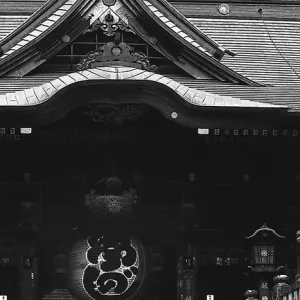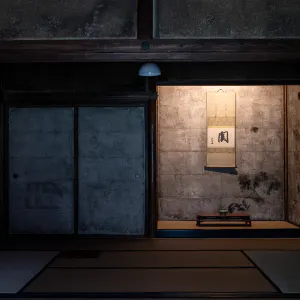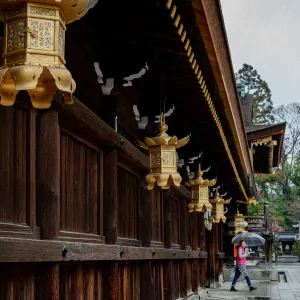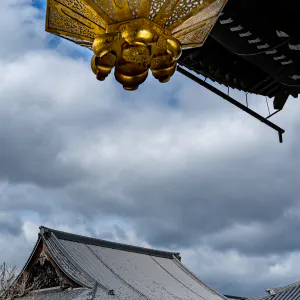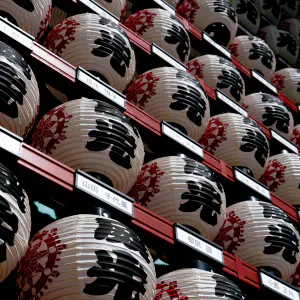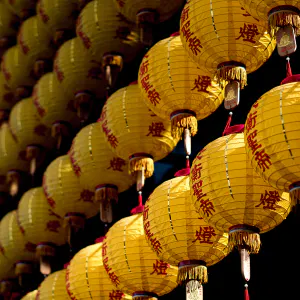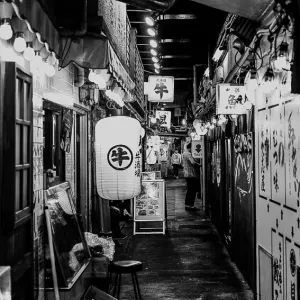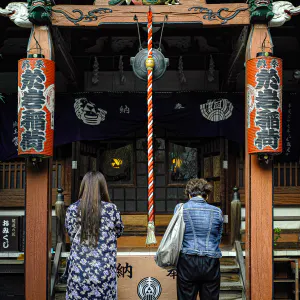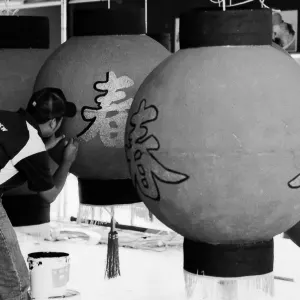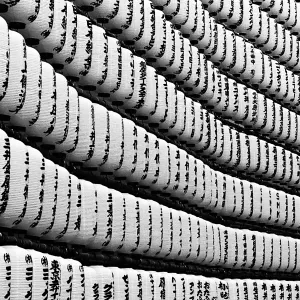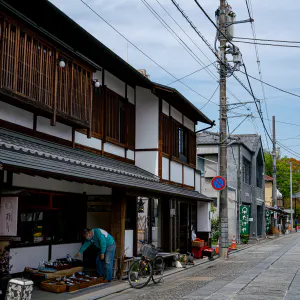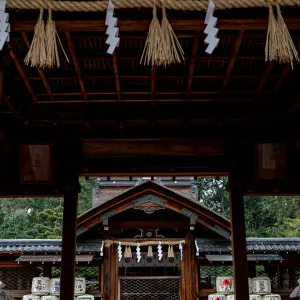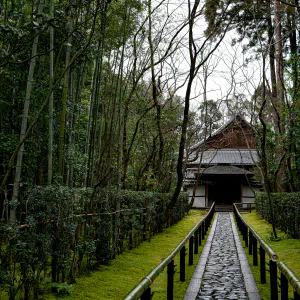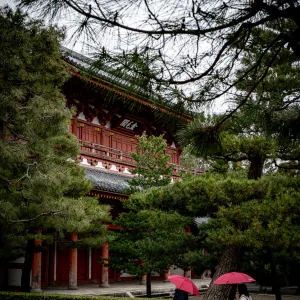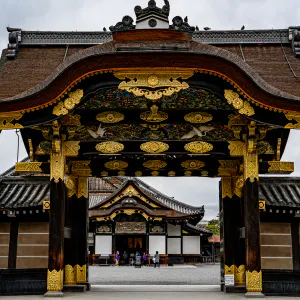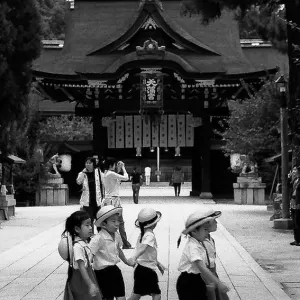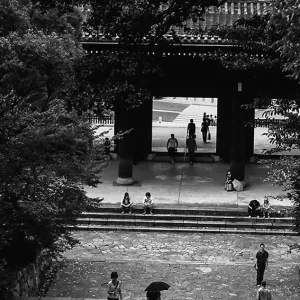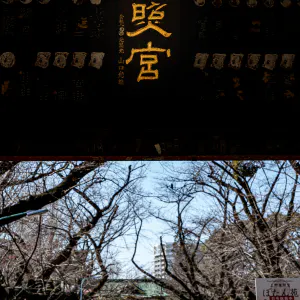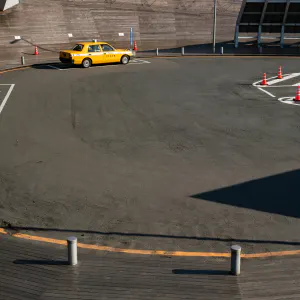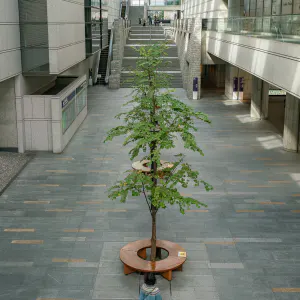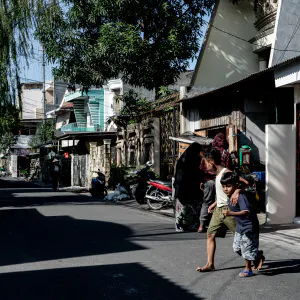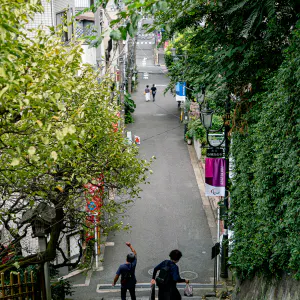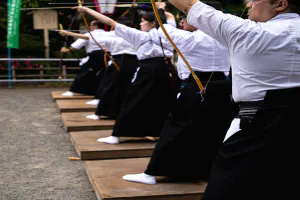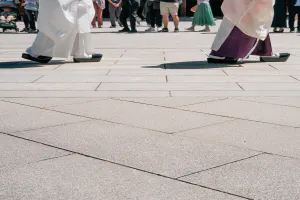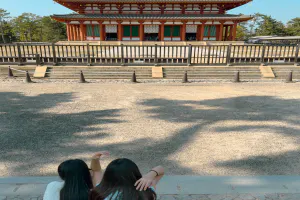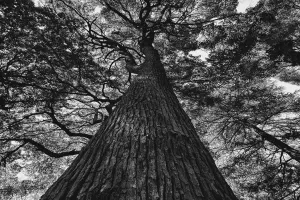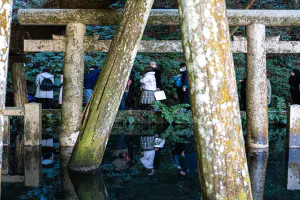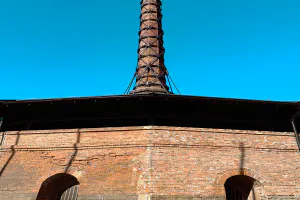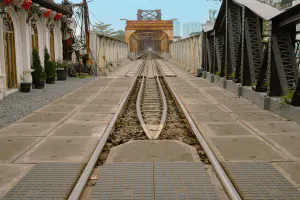Shimabara Oomon was once the entrance to the Hanamachi district

As I walked through the rows of private stores and houses, a wooden gate suddenly appeared. There was a lantern hanging next to the gate with the word "Shimabara" written on it. It was Shimabara Oomon. Yes, this was the entrance to Shimabara, a Hanamachi in Kyoto.
Shimabara originated in Nijo Yanagicho, which was opened in the Momoyama period with the permission of Toyotomi Hideyoshi. In the Edo period (1603-1868), it was moved to the Rokujo area and called Rokujo Misujimachi, and in 1641, it was ordered to be moved to the Suzakuno area, where it was called Shimabara. It used to be surrounded by walls and moats, and gates were set up at the entrances and exits. The gate in this photo is the gate.
Shimabara was very crowded in the old days, and at the end of the Edo period, Saigo Takamori, Kusaka Genzui, and members of the Shinsengumi visited Shimabara, but the only Ochaya still in business was the Wachigaiya, which is the title of Jiro Asada's novel "Wachigaiya Itosato," and the whole town was surrounded by a peaceful atmosphere. Nowadays, the people who pass through the gate are all residents of the neighborhood. Even after passing through the gate, I did not feel as if I had stepped into a special place.
| Apr 2021 ARCHITECTURE KYOTO | |
| CHINESE CHARACTER ELECTRIC WIRE GATE KYOTO CITY LANTERN |
PHOTO DATA
No
11874
Shooting Date
Feb 2020
Posted On
April 12, 2021
Modified On
August 24, 2023
Place
Kyoto City, Kyoto
Genre
Architectural Photography
Camera
SONY ALPHA 7R II
Lens
ZEISS BATIS 2/40 CF
